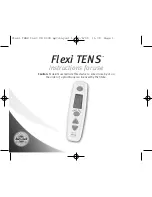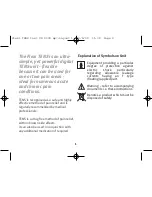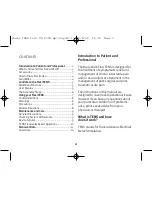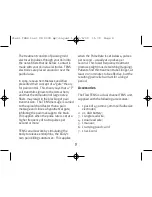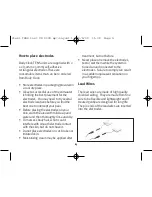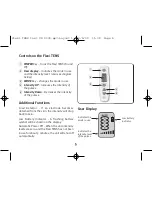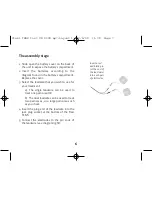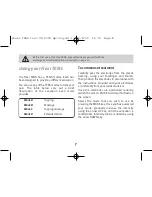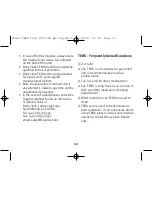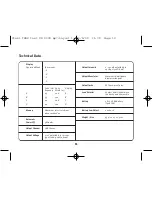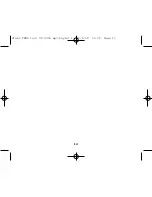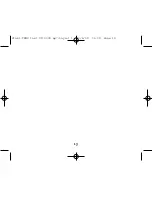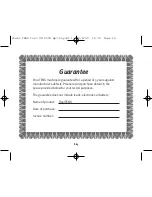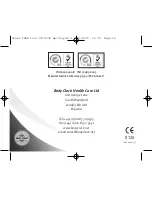
The treatment consists of passing mild
electrical impulses through your skin into
the nerve fibers that lie below. Contact is
made with your skin via electrodes. TENS
electrodes are placed around or over the
painful area.
In 1965, researchers Melzack and Wall
presented their concept of a “gate” theory
for pain control. This theory says that a “T”
cell transmits signals to the dorsal horn,
and that the stimulation of large nerve
fibers may result in the blocking of pain
transmission. The TENS message is carried
to the spinal chord faster than a pain
message and closes a hypothetical gate,
inhibiting the pain message to the brain.
This applies when the pulse rate is set at a
higher frequency of 60-80 pulses per
second or more.
TENS can also work by stimulating the
body to release endorphins, the body’s
own pain killing substances. This applies
when the Pulse Rate is set below 4 pulses
per second – usually at 2 pulses per
second. This lower frequency treatment
produces slight muscle twitching (tapping).
Patients find this treatment takes longer, at
least 20-30 minutes to be effective, but the
resulting pain relief can last for a longer
period.
Accessories
The Flexi TENS is a dual channel TENS unit,
supplied with the following accessories:
1. 1 pack of 4 50mm x 50mm self adhesive
electrodes;
2. 2 x AAA battery;
3. 1 single lead wire;
4. 1 dual lead wire;
5. 1 manual;
6. 1 carrying pouch; and
7. 1 neck cord.
3
Flexi TENS Inst US 2009.qx7:Layout 1 10/6/09 11:09 Page 4

